Movies by Kinzō Shin

The Thick-Walled Room
A group of rank-and-file Japanese soldiers are jailed for crimes against humanity, themselves victims of a nation refusing to bear its burdens as a whole.
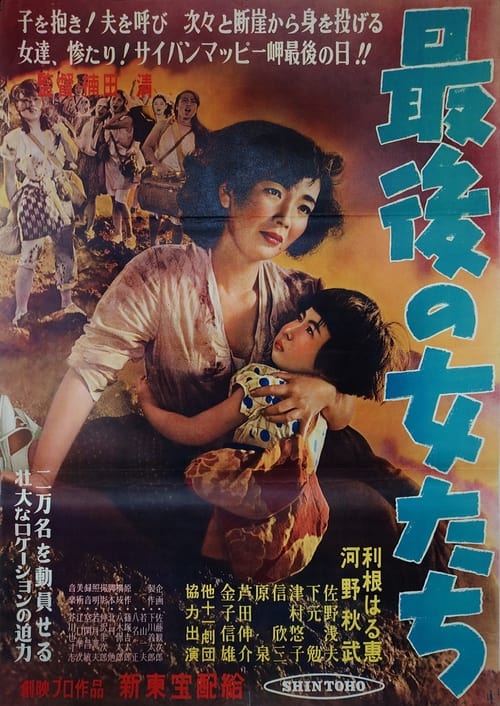
The Last Women
The events of the film are based on the real facts of the Pacific War, when in June 1944 the American troops began landing on the Saipan island. On July 7, an order comes that everyone must die in order not to be captured by the enemy.

Girl in the Glass
The film starts with a short scene ending with shot of Sayuri Yoshinaga's character floating dead on the surface of a lake before the opening credits roll in and we find out what lead her character to this end.

Internees of Kampili
In the autumn of 1945, Petty Officer Tadashi Yamaji is among the numerous war crimes suspects facing death on the gallows for maltreatment of Allied women and children interned in camp Kampili. Kampili is located some ten kilometers outside Macassar on the island of Celebes. Eighteen-hundred Allied women and children were interned for the duration of the war. Yamaji's iron rule for camp administration is : No violence; hands off internees; He also endeavors to establish self-administration by internees while aiming at a self-supporting camp ...

A Billionaire
An ethical, young tax collector new to his area encounters increasingly absurd individuals and groups coping with their post-war woes.

Listen to the Voices of the Sea
This film is strongly anti-war film. The film is based on the collection of writings by Japanese student soldiers who died during World War II. The film is located to Burma. It shows the everyday problems of soldiers in contrast of their ideas and the cynicism of their commanders. Soldiers are also victims of military bullying by their commanders.
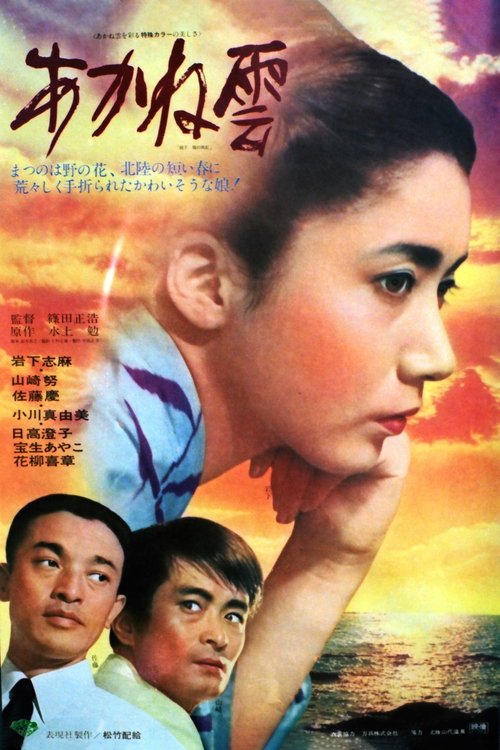
Clouds at Sunset
A Japanese soldier deserts his position and travels to a small town on the Sea of Japan to start over. When a young maid falls for him, he talks her into sleeping with an older man for money.
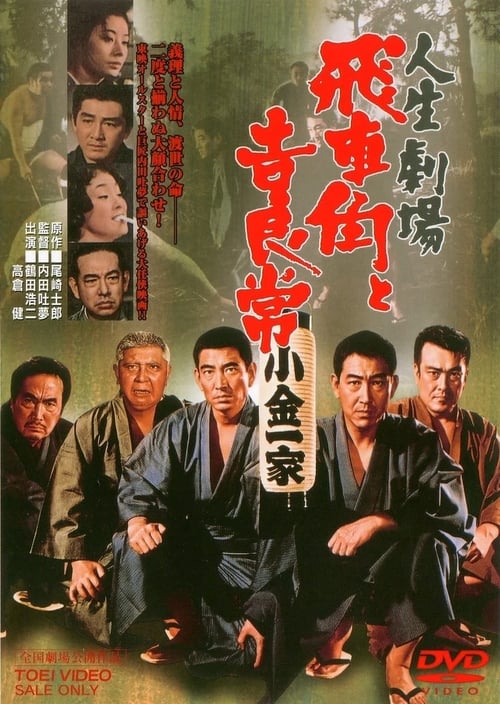
Hishakaku and Kiratsune: A Tale of Two Yakuza
With his penultimate film, Uchida revisited one of his popular prewar titles, 1936’s Theatre of Life, an adaptation of Shiro Ozaki’s eponymous novel. Three-time Seijun Suzuki collaborator Goro Tanada wrote a gangsterized adaptation of Ozaki’s story for Uchida at a time when the yakuza had eclipsed the samurai genre as Toei's main cash crop. Protagonist Hishakaku murders a man in a quarrel over a barmaid and goes to jail. In his temporary absence, his girlfriend Otoyo, a former geisha, falls for Hishakaku’s brother, inciting a dangerous love ...
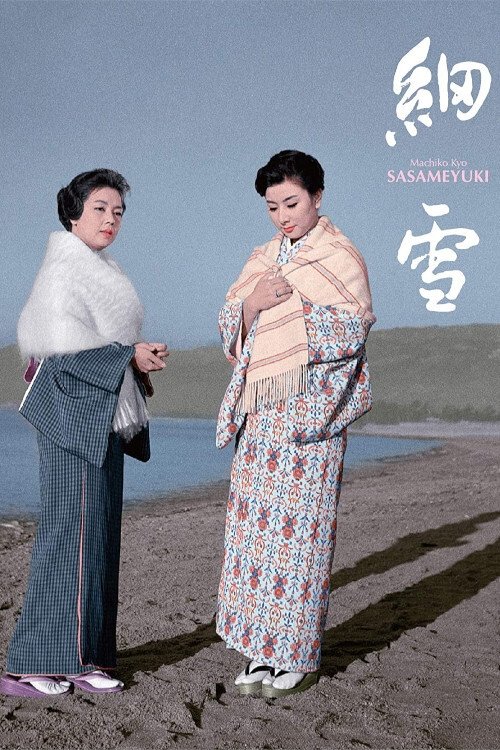
The Makioka Sisters
1959 adaptation of Junichiro Tanizaki's novel.
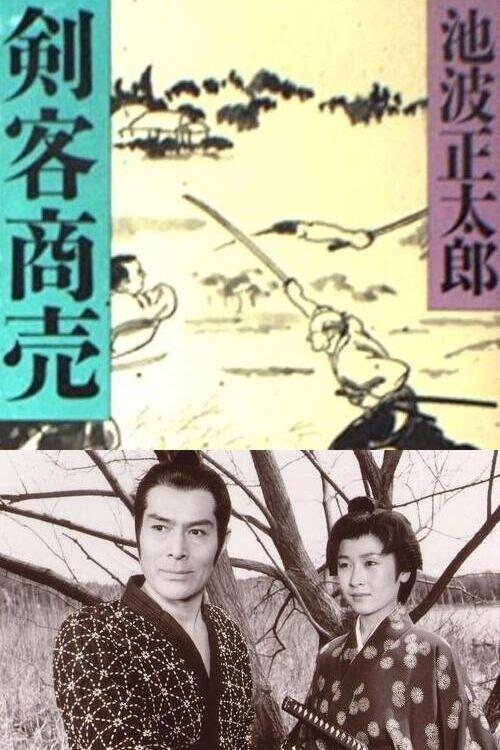
Kenkaku Shōbai: Kadowakashi
Kohei Akiyama, a popular master swordsman, and his son Daijiro live in the town of Edo in good faith. While running a dojo, Daijiro and his father find themselves wrapped up in a series of events with the town's people.
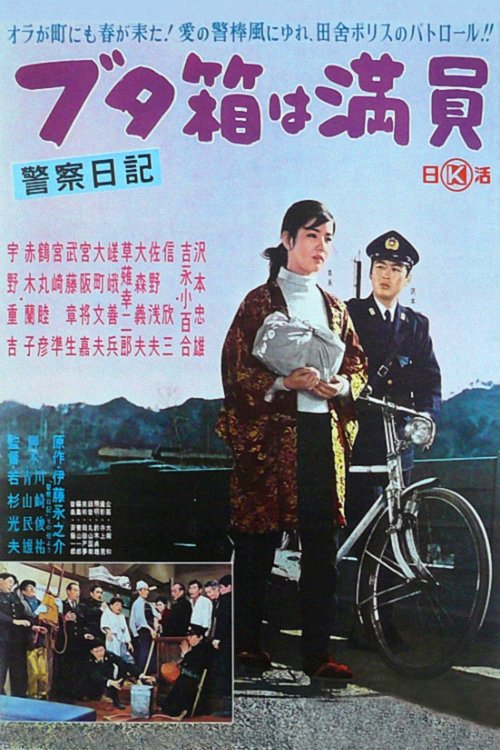
The Diary of a Police Officer: The Slammer Is Full
A small provincial town surrounded by mountains and fields in northeastern Japan. Here a group of eight policemen solve a series of unusual cases, ranging from extortion, to drunken fathers, to corruption and even the persecution of a man who claims to be an alien. This entertaining film shows these cops with a human heart with humor.